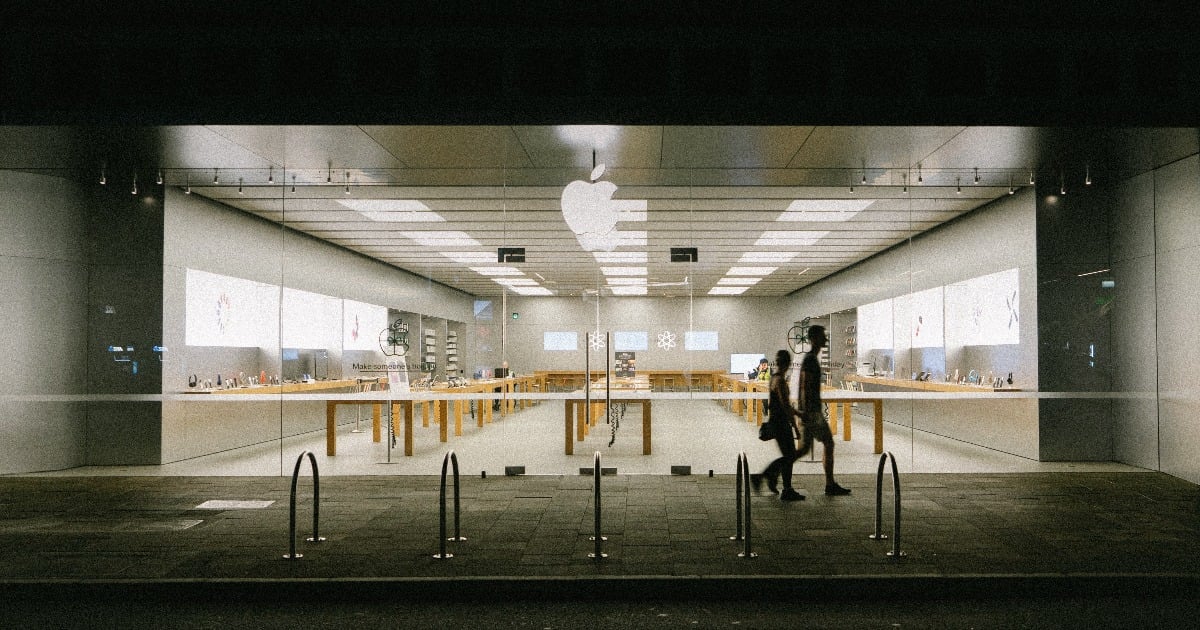Most consumers today have experienced the vanishing retail associate act: The associate, when asked to locate a product, will tell a consumer they're going to "check the system" or "see if it's in the back," only to disappear and not return. The consumer is left wandering the sales floor, unsure of the associate's return, impatience mounting. Meanwhile, the sale and that consumer's satisfaction hang in the balance.
In the age of e-commerce, rapid fulfillment and rising customer service expectations, wait times are the worst enemy of bricks-and-mortar. According to a study from Omnico Group, 77% of Americans are less likely to return to a store if they experienced long checkout lines. By extension, if an associate vanishes to look for inventory or fumble with an antiquated sales system, they're likely to lose both the sale and a potential customer.
To keep associates on the store floor and effectively assisting consumers, retailers and brands alike should be arming staff with mobile technology in stores. Equipping associates with tablets and smartphones that can access inventory, product information and even act a mobile point-of-sale will reduce wait times for consumers, save sales and enhance the overall shopping experience.
Start with Training
While many brands and retailers, including Nordstrom and Lowe's, have begun implementing mobile solutions in stores, mobile customer engagement is still an emerging area of retail in need of refinement. A recent report from Boston Retail Partners (BRP) found of the 49% of retailers that implemented a mobile solution, only 13% said it's working well—while 36% said their system "needs improvement."
While most companies focus on successfully implementing technical solutions, the report found that retailers overlook the importance of training staff during this implementation. Associates should be prepared to answer the most common questions: such as checking inventory for a certain size, pulling up a customer's previous purchase information, and recommending what other products a consumer might like.
Instant, Reliable Access to Inventory and Information
On-hand visibility into inventory is one of the major benefits of mobile technology. Home Depot, for example, arms its employees with custom smartphones, called FIRST Phones, which allow associates to locate products in-store and check inventory levels.
"We call it the First Phone because its core purpose is to reduce tasking time for our associates so that they can instead focus on customer service," Home Depot chairman and CEO Frank Blake told Retail Info Systems in 2010, during the company's initial roll-out of the devices in-stores.
The key is having the device on-hand, which keeps the associate engaged with the consumer through every step of the buying process.
"The chances of the person leaving the store go up every minute that you're not engaged with them," Perry Kramer, Vice President and Practice Lead at BRP, says. "The sales associate doesn't have to leave the customer…Have somebody else run to the stock room and get [the product]," Kramer says.
In the event that an item is out of stock, the ability to instantly order online or identify stock in another store can deter the customer from going elsewhere. Staying with the customer also offers the associate greater potential to not only save the sale, but up-sell complementary products and accessories.
Access to product information is also key, particularly as consumers themselves are using devices on the sales floor. A recent survey by RetailDive found that while in stores, nearly 60% of shoppers look up product information and prices using their mobile devices. Retailers that don't enable their associates with mobile are leaving them with less access to information than the consumer.
Make Associates More Effective
Most brands and retailers are choosing to go mobile, according to Kramer. The BRP report found nearly 90% of retailers plan to deploy some type of mobile solution to store associates within the next three years. In addition to access to inventory and product information, 84% of retailers plan to utilize a mobile point of sale by 2020.
In the interim, many retailers are implementing a "mobile workbench" before jumping into a full-scale, in-store mobile deployment. These mobile workbenches take the form of an app that provides associates with things like inventory information, customer preferences and purchase history and loyalty information.
In the future, consumers can expect more brick-and- mortar stores to have an Apple feel: with mobile-empowered associates using smartphones and tablets for everything from searching inventory to accepting payments to scheduling one-on-one appointments.
"Start with the basics," Kramer advises retailers and brands considering taking the mobile leap. "Use mobile to support a good customer experience.” Approach a mobile implementation with a comprehensive plan to bring product information, inventory data, customer preferences and the ability to process payments to the associates. By empowering them to stay engaged with consumers and drive sales in-stores, brands and retailers will see a much higher rate of success.


